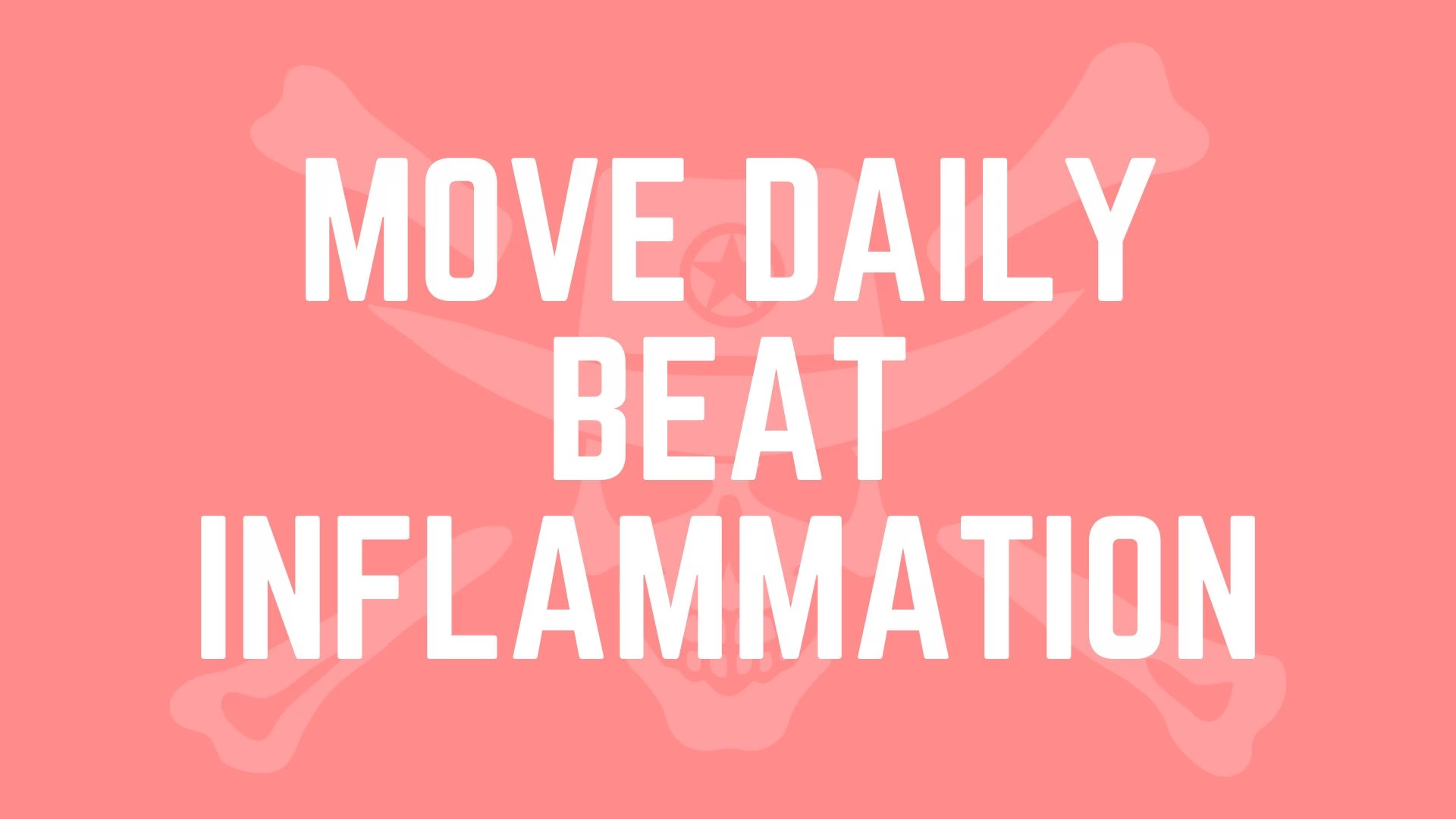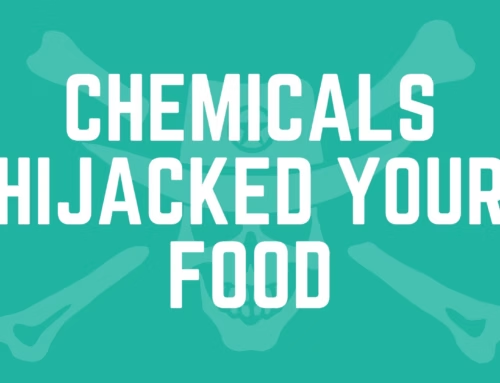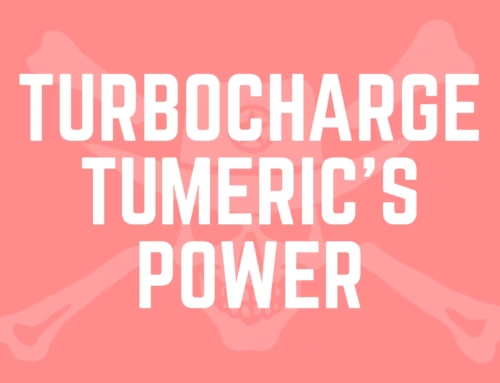How Daily Movement Reduces Chronic Inflammation
Why Moving Matters More Than You Think
You lace up for a workout expecting calories burned, but you might not realize you’re also dousing the flames of chronic inflammation. Inactivity allows inflammatory markers to rise, stiffening your joints and draining your energy. Just 30 minutes of daily movement can reverse that trend—bringing you back to peak performance, whether you’re tackling a trail or a workday hurdle.
How Movement Quells Inflammation
Exercise isn’t just about muscle and cardio—it’s a potent anti-inflammatory signal. Here’s what happens when you move:
- Myokine release: Active muscles secrete IL-6 (an anti-inflammatory form), IL-10, and IL-1ra, which calm pro-inflammatory cytokines.
- Improved insulin sensitivity: Regular activity lowers blood sugar spikes and reduces insulin-driven inflammation.
- Enhanced circulation: Blood flow clears out inflammatory byproducts and delivers nutrients for tissue repair.
- Fat reduction: Less visceral fat means fewer adipokines (inflammatory fat hormones) in your system.
Best Activities for an Anti-Inflammatory Life
Not all exercise delivers the same inflammation-fighting benefits. The right mix of movement stimulates anti-inflammatory myokines, improves insulin sensitivity, and clears oxidative byproducts. Here are the top modalities proven to lower chronic inflammation—and how to fit them into a realistic routine.
- Brisk Walking or Hiking
Why: Sustained, moderate-intensity walking increases circulation by up to 30%, boosting delivery of oxygen and nutrients while flushing out inflammatory markers.
Do: Aim for 5–7 brisk walks per week, 30–60 minutes each—try a local park trail for varied terrain and joint-friendly footing.
Avoid: Hard concrete surfaces or rushed treadmill workouts; opt for softer trails, grass, or rubberized tracks whenever possible. - Strength Training
Why: Lifting weights builds lean muscle that releases anti-inflammatory myokines (like IL-10) at rest—studies show a 20% drop in CRP after 12 weeks of consistent lifting.
Do: Schedule 2–3 full-body sessions per week (e.g., squats, deadlifts, push-ups, rows), using a load that lets you complete 8–12 reps with good form.
Avoid: Ego-lifting heavy loads that compromise form—instead, focus on controlled movements and a full range of motion. - Yoga & Stretching
Why: Gentle flows and sustained stretches reduce cortisol by up to 25% in just 20 minutes, calming your stress response and supporting a healthier immune balance.
Do: Incorporate 15–20 minutes of sun salutations, warrior sequences, or yin holds daily—consider a short morning routine to start the day centered.
Avoid: Pushing into pain or extreme poses; respect your current flexibility and use props as needed to protect joints. - Swimming & Cycling
Why: Low-impact cardio elevates heart rate without joint stress—research shows swimming can reduce systemic inflammation by 18% over eight weeks.
Do: Swim laps or cycle outdoors/indoors for 30–45 minutes, 2–3 times weekly, keeping intensity at 60–70% of your max heart rate to optimize fat oxidation and myokine release.
Avoid: All-out sprints that spike cortisol; instead, maintain a steady, conversational pace.
Do’s & Avoids
Consistency and recovery are just as important as intensity. These simple guidelines help you build a sustainable, anti-inflammatory movement habit:
- Do: Set a timer to stand and move for 2–3 minutes every 30–45 minutes—research links frequent breaks from sitting to a 15% drop in inflammatory markers.
Avoid: Long sedentary stretches, even if you “work out” later—prolonged sitting negates much of your morning’s benefits. - Do: Alternate moderate days (e.g., walking, yoga) with a single weekly HIIT session (e.g., 3×30-second sprints) to amplify myokine output.
Avoid: Back-to-back high-intensity days—overtraining elevates cortisol and IL-6, reversing your gains. - Do: Listen to your body—if a joint aches, swap to a low-impact activity until it recovers.
Avoid: “No pain, no gain” mentalities that push through injury and trigger chronic inflammation.
Quick Movement Win
When life gets busy, a full workout can feel impossible. Try this simple reset to instantly turn on your anti-inflammatory pathways:
- Set a repeating hourly alarm on your phone or computer.
- On the hour, stand and march in place for 60 seconds.
- Follow with one body-weight exercise (10 air squats or 10 push-ups) in the next minute.
- Finish with 30 seconds of dynamic stretching (arm circles, leg swings).
This 3-minute routine, done 6–8 times per day, has been shown to reduce post-meal inflammatory spikes by up to 25%—no equipment required.
Related Deep Dives
- The Anti-Inflammatory Diet: What to Eat and Why
- How Quality Sleep Fights Chronic Inflammation
- Managing Stress to Support a Healthy Immune Response
FAQ
- Can too much exercise cause inflammation?
Yes—overtraining elevates cortisol and pro-inflammatory cytokines. Balance high-intensity days with active recovery. - Do I need a gym?
No—bodyweight movements and walking outdoors deliver big anti-inflammatory benefits. - How soon will I notice changes?
Many report reduced stiffness and more energy within 1–2 weeks of daily movement.
Conclusion
Daily movement is your secret weapon against chronic inflammation. It doesn’t require hours in the gym—just consistent, intentional activity that ignites anti-inflammatory signals throughout your body. Start today, and feel the difference on your next Jolly Outlaw journey.
Disclaimer: This article is for educational purposes only and does not constitute medical advice. Always consult a qualified healthcare professional before making changes to your diet, exercise, supplement regimen, or lifestyle—especially if you have pre-existing conditions or are taking medication.





